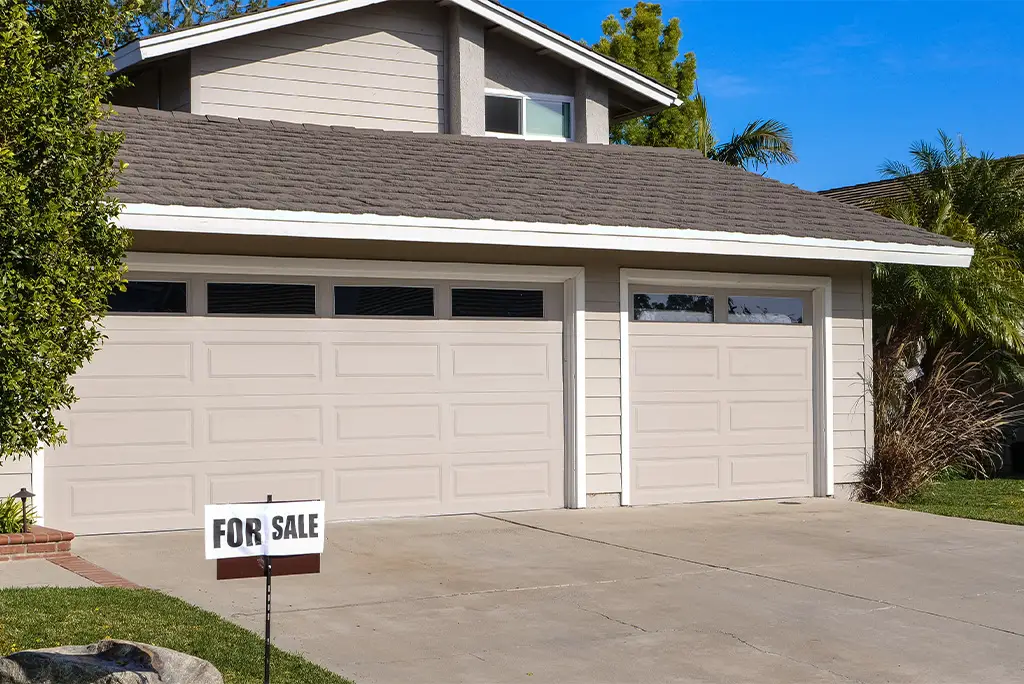On Monday, mortgage rates surged due to an increase in bond yields, driven by investor worries about prolonged high rates and inflation.
Within the last week, there has been a 29 basis points increase in the average rate for the 30-year fixed mortgage. Mortgage News Daily reported that the fixed mortgage rate averaged 7.48%, marking it the highest mortgage rate since November 2000.
Effect of the Bond Yields
Elevated yields imply increased interest owed to bond investors, potentially indicating higher risk associated with the investment. Greater borrower risk leads to heightened yield expectations from investors seeking compensation.
Bonds with extended maturities frequently exhibit higher yields as a characteristic. Longer-term bonds often accompany elevated yields due to the risk-return dynamics of borrowing.
Investors seeking elevated returns with risk tolerance favor high-yield bonds, while low-yield bonds suit risk-averse investors.
Matthew Graham on Reaching the Highest Mortgage Rate Since 2000
Matthew Graham, COO of Mortgage News Daily, noted that investors aren’t observing anticipated economic data deterioration. Observing matching deterioration is crucial to the Federal Reserve prior to contemplating policy adjustment, with short-term rates likely favored first, he pointed out.
The burden of the market’s negative rate sentiment is primarily on longer-term rates like 10-year Treasury yields and mortgages. The market’s pessimistic rate sentiment continues to affect longer-term rates until data prompts the Fed to consider its first rate cut.
Effect on Homebuyers
Potential homebuyers are grappling with the impact of the highest mortgage rate, compounding the challenges of pandemic-inflated home prices. Record-low rates in 2020 triggered a surge in home purchases, propelling prices by over 40% post-pandemic onset until mid-2022.
Following a continuous rise over 10 successive quarters beginning in autumn 2020, the median price for home sales in the United States has now dropped for two consecutive quarters, reaching $416,100 as per official economic statistics. This figure still stands at $87,100 higher than the quarter just before the pandemic, representing a surge of 26.4%.
An individual purchasing this home at the median price with a 20% down payment and an average interest rate would be looking at a monthly mortgage payment of around $2,300.
As per information provided by Black Knight, a firm specializing in mortgage services and technology, this is the most unaffordable housing market for buyers in nearly 40 years.
Homeowners are in “Golden Handcuffs”
Although prices slightly receded in the previous year’s conclusion, they are once again on the rise due to robust demand and limited supply.
The burden of higher rates adds to the predicament of home seekers facing pandemic-driven price inflation. Renewed price hikes stem from persistent high demand, scarcity of supply, and the resurgence of rates.
As the market reaches the highest mortgage rate, the supply issue worsens, deterring current homeowners from selling due to their low rates. Listing homes for sale involves doubling rates, hindering homeowners with rates at or under 3%. Reluctance to sell is spurred by the prospect of rates more than doubling while moving to a new home.
Higher rates discourage listing homes, creating “golden handcuffs” for homeowners with favorable existing rates.
Affordability Declines
Affordability for present buyers has significantly changed compared to a year ago. About a year ago, the 30-year fixed average stood at approximately 5.5%. Buying a $400,000 home with 20% down now costs around $420 more monthly than a year earlier.
Increasing numbers of borrowers are choosing adjustable-rate mortgages with shorter fixed terms for reduced interest rates. The Mortgage Bankers Association reported a 6.2% average rate for 5-year ARMs last week.
The share of applications for adjustable-rate mortgages (ARMs) has climbed to 7%, up from under 2% in 2020. In 2020, amidst record lows for the 30-year fixed, the ARM application share was below 2%.
The Urgency to Tackle the Problem
In August, the Housing Market Index from the National Association of Home Builders and Wells Fargo displayed a 6-point decrease in the sentiment of homebuilders working on new homes. This brought the index down to 50, marking the first decline in seven months and signaling a significant change in the market.
The decrease in confidence among homebuilders, as seen in reductions in their assessment of current sales conditions, sales expectations, and buyer traffic, highlights the growing challenges. The correlation between increasing mortgage rates and declining buyer interest is a clear reminder of the urgent requirement to tackle the problems of housing affordability and supply shortages.
Homebuilders aim to counter the highest mortgage rate through rate reductions or home price adjustments. Earlier this year, incentives were curtailed due to rising demand and falling rates but were recently reinstated. Builders work to mitigate higher mortgage rates by lowering prices or buying down rates for various terms.

